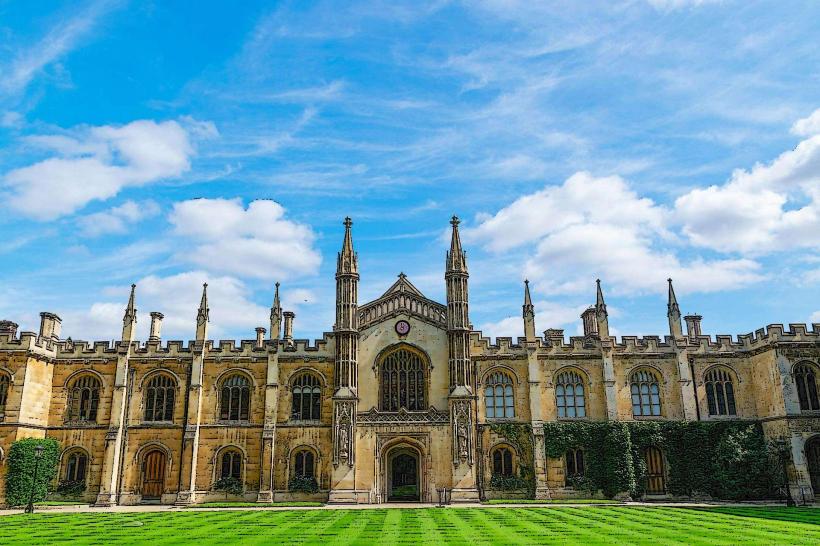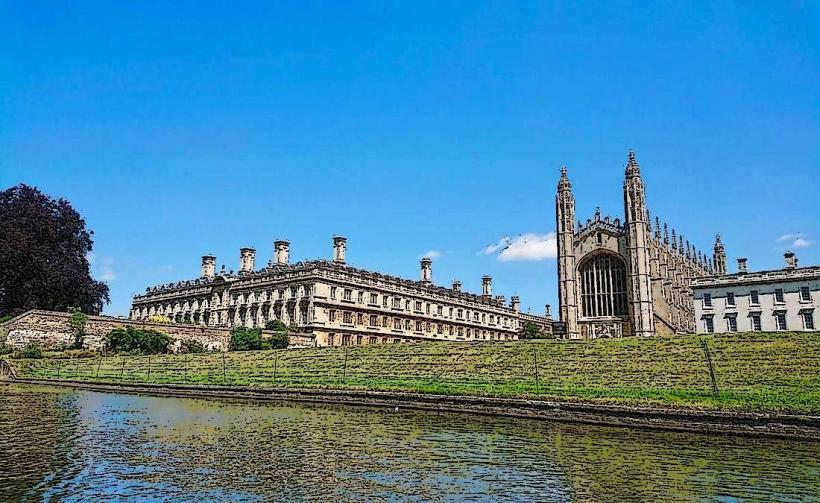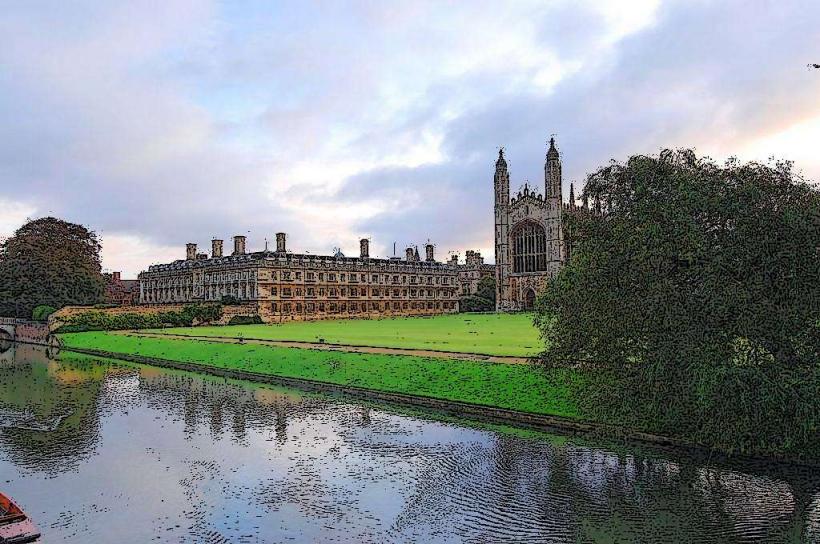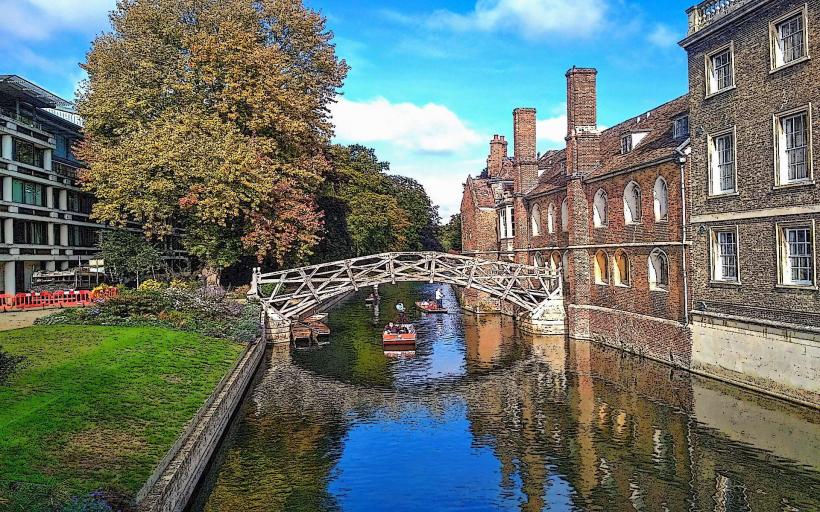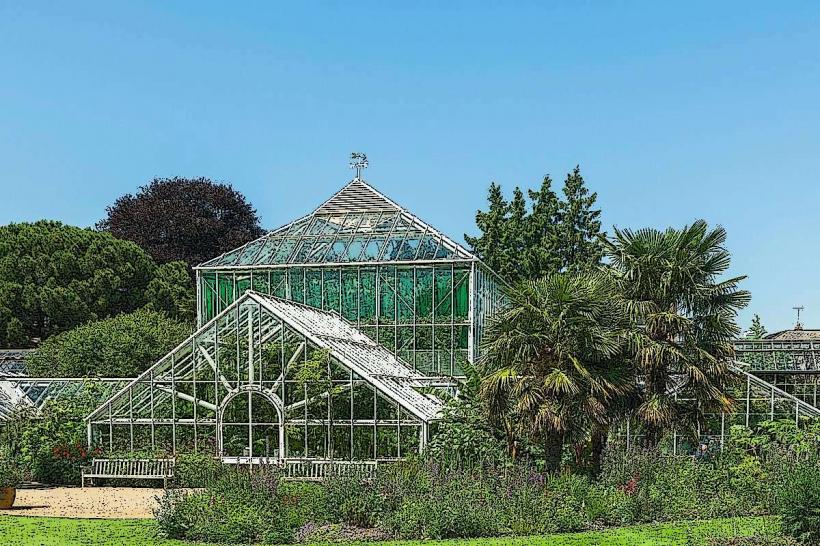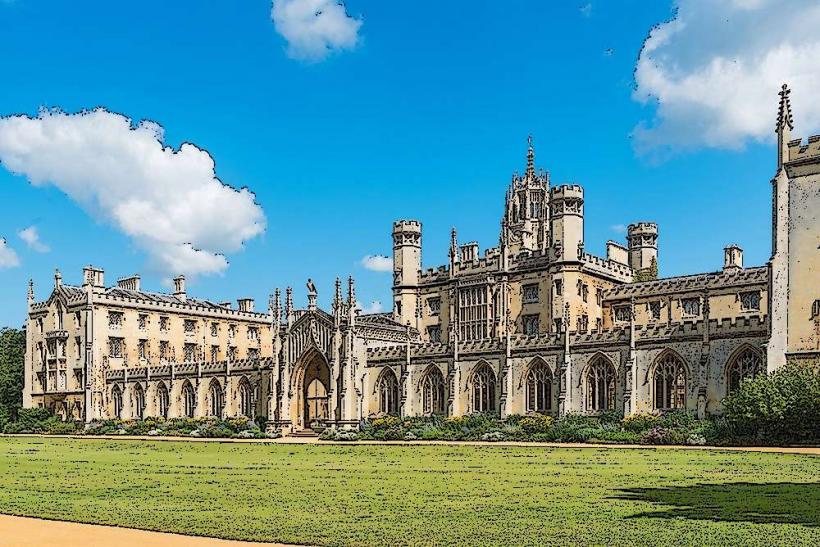Information
Landmark: Fitzwilliam MuseumCity: Cambridge
Country: United Kingdom
Continent: Europe
The Fitzwilliam Museum is one of the leading museums in the United Kingdom and an integral part of the University of Cambridge. Located on Trumpington Street in the heart of Cambridge, the museum is known for its world-class collections of art, antiquities, and manuscripts, making it a major cultural and academic institution in the city. The museum was founded in 1816 through a bequest from Richard Fitzwilliam, a Cambridge graduate and art collector, and it remains one of the most important museums associated with the university.
History and Origins
The Fitzwilliam Museum was established as a result of the bequest of Richard Fitzwilliam, who left his extensive collection of artworks, books, and antiquities to the University of Cambridge upon his death in 1816. Fitzwilliam, an Anglo-Irish nobleman, was a passionate collector of art, particularly works from the Renaissance and classical periods. He also aimed to create a space where these treasures could be studied and appreciated by future generations.
The museum was first opened in 1848, but the present building was designed by the architect George Basevi and opened in 1849. The museum has since expanded both its collections and its physical space, making it a premier destination for art lovers, historians, and scholars from around the world.
Architecture
The building housing the Fitzwilliam Museum is an excellent example of neo-classical architecture, with imposing columns, grand entrances, and a symmetrical layout. The original building, designed by Basevi, features a monumental entrance portico with Doric columns, and the museum's main façade is made of Portland stone, which gives the museum its characteristic light and elegant appearance.
Over the years, the museum has undergone several expansions and refurbishments to accommodate its growing collections and the demands of modern exhibition spaces. Notable additions include the circular Chihuly glass dome in the Founder's Wing, and the Courtyard Galleries, which were added in the late 20th century to provide more room for both temporary and permanent exhibitions.
Collections
The Fitzwilliam Museum is renowned for its diverse collections, which span thousands of years and cover a wide range of cultures, disciplines, and mediums. The museum houses works from ancient Egypt, Greece, and Rome, alongside masterpieces of European art, Asian art, and Islamic art. Its collections also include important holdings in rare books, manuscripts, coins, and medals, as well as decorative arts and modern British art.
1. Paintings
The museum’s collection of paintings is one of its strongest and includes works from the Italian Renaissance, Dutch Golden Age, and 18th-century European traditions. Notable artists in the collection include:
- Titian: The Fitzwilliam has a portrait by this renowned Venetian painter.
- Canaletto: Famous for his depictions of Venice, the museum holds a number of his works.
- J.M.W. Turner: Several significant works by the Romantic landscape painter are housed in the collection.
2. Antiquities
The museum has an extensive collection of antiquities, particularly from the ancient civilizations of Egypt, Greece, Rome, and the Near East. Notable highlights include:
- Ancient Greek pottery and Roman sculptures.
- Egyptian mummies and funerary objects, which are some of the museum’s most fascinating pieces.
- Etruscan bronzes and ancient Mesopotamian artifacts.
3. Asian Art
The museum has an impressive collection of Asian art, including Chinese, Japanese, and Indian works. The collection spans several thousand years and includes:
- Chinese jade, ceramics, and paintings.
- Japanese ukiyo-e prints by Hokusai and Hiroshige.
- Indian miniature paintings and sculpture from various regions of India.
4. Decorative Arts
The Fitzwilliam Museum holds a significant collection of decorative arts, including ceramics, glass, silver, and textiles. Many of these objects were created during the 18th and 19th centuries and reflect the changing tastes of the British aristocracy.
- The museum has an impressive collection of 18th-century European porcelain, including Meissen and Sèvres.
- British silver, furniture, and fashionable textiles from the Georgian and Victorian periods are also well represented.
5. Modern and Contemporary Art
While the Fitzwilliam Museum is known for its historical collections, it also boasts an important group of modern and contemporary art. This collection includes works by 20th-century British artists and international figures.
- The museum holds several pieces by David Hockney, Barbara Hepworth, and Henry Moore, as well as examples of 20th-century design and architecture.
6. Manuscripts and Rare Books
The museum's rare books and manuscripts are particularly noteworthy, including illuminated medieval manuscripts, rare incunabula (early printed books), and modern literary works. The museum’s collection of ancient books is vast, and it serves as a key resource for scholars and researchers in various fields.
- The museum holds a rare copy of the Gutenberg Bible, one of the first books printed with movable type.
- A large collection of medieval illuminated manuscripts is housed in the museum, which represents some of the best examples of European manuscript art.
7. Coins and Medals
The museum’s coin collection is one of the largest and most important in Britain. It includes coins from the ancient world through to modern numismatics and has a significant number of Greek, Roman, and medieval coins, as well as rare English coins from the Early Modern period.
Special Exhibitions and Events
The Fitzwilliam Museum regularly hosts temporary exhibitions that showcase special collections or highlight different aspects of the permanent collection. These exhibitions often feature works from around the world and are a draw for visitors interested in art history and cultural exploration.
The museum also organizes a variety of lectures, workshops, and education programs for all age groups, including academic seminars, guided tours, and interactive events designed to engage the public with the collections.
Visitor Experience
The Fitzwilliam Museum is open to the public free of charge, making it accessible to visitors from all walks of life. It is located in a central position within Cambridge, close to other important university buildings, making it a must-see for anyone visiting the city.
1. Guided Tours and Resources
The museum offers guided tours, as well as self-guided tour materials such as maps and audio guides. These resources help visitors navigate the expansive collections and provide in-depth explanations of key pieces in the museum.
2. Museum Shop and Café
The museum has a well-regarded museum shop, which sells a range of art-related books, prints, jewelry, and gifts. The museum café provides a relaxing space for visitors to enjoy refreshments and meals, often with views of the museum's serene grounds.
Conclusion
The Fitzwilliam Museum is a cultural gem of Cambridge, offering a diverse range of art, artifacts, and historical objects. Its world-class collections span thousands of years and represent some of the finest examples of human achievement in the arts, sciences, and humanities. As a key institution of the University of Cambridge, the museum plays an essential role in the city's intellectual and cultural life, offering a wealth of knowledge and inspiration to all who visit. Whether for a casual visit or a deep dive into its collections, the Fitzwilliam Museum provides an invaluable experience for anyone interested in art, history, and culture.

